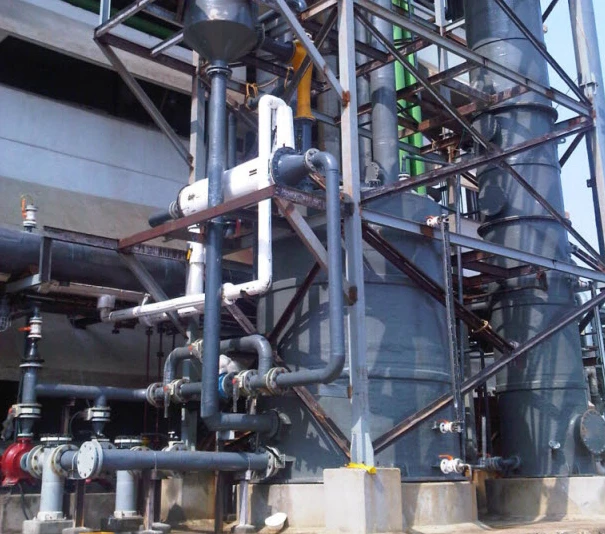Macedonian
- Afrikaans
- Albanian
- Amharic
- Arabic
- Armenian
- Azerbaijani
- Basque
- Belarusian
- Bengali
- Bosnian
- Bulgarian
- Catalan
- Cebuano
- Corsican
- Croatian
- Czech
- Danish
- Dutch
- English
- Esperanto
- Estonian
- Finnish
- French
- Frisian
- Galician
- Georgian
- German
- Greek
- Gujarati
- Haitian Creole
- hausa
- hawaiian
- Hebrew
- Hindi
- Miao
- Hungarian
- Icelandic
- igbo
- Indonesian
- irish
- Italian
- Japanese
- Javanese
- Kannada
- kazakh
- Khmer
- Rwandese
- Korean
- Kurdish
- Kyrgyz
- Lao
- Latin
- Latvian
- Lithuanian
- Luxembourgish
- Macedonian
- Malgashi
- Malay
- Malayalam
- Maltese
- Maori
- Marathi
- Mongolian
- Myanmar
- Nepali
- Norwegian
- Norwegian
- Occitan
- Pashto
- Persian
- Polish
- Portuguese
- Punjabi
- Romanian
- Russian
- Samoan
- Scottish Gaelic
- Serbian
- Sesotho
- Shona
- Sindhi
- Sinhala
- Slovak
- Slovenian
- Somali
- Spanish
- Sundanese
- Swahili
- Swedish
- Tagalog
- Tajik
- Tamil
- Tatar
- Telugu
- Thai
- Turkish
- Turkmen
- Ukrainian
- Urdu
- Uighur
- Uzbek
- Vietnamese
- Welsh
- Bantu
- Yiddish
- Yoruba
- Zulu
Telephone: +86 13120555503
Email: frank@cypump.com
Сеп . 30, 2024 01:48 Back to list
Creating Efficient Pipeline Pumping Systems for Enhanced Fluid Transport Operations
Understanding Pipeline Pumping Key Concepts and Applications
Pipeline pumping is an essential operation within the oil, gas, and water transportation industries. It involves using pumps to move liquids or gases through a network of pipelines, ensuring efficient and continuous flow over long distances. The significance of pipeline pumping cannot be overstated, as it underpins global infrastructure and supports economic activities across various sectors.
The Mechanics of Pipeline Pumping
At its core, pipeline pumping entails the use of mechanical devices—pumps—that increase the pressure of the fluid to be transported. These pumps can be categorized into several types, including centrifugal pumps, positive displacement pumps, and gear pumps. Each type has specific advantages depending on the properties of the fluid being transported and the operational requirements.
Centrifugal pumps are widely used in pipeline pumping due to their efficiency and capability to handle large volumes of liquids. They work by converting kinetic energy from a rotating impeller into fluid energy, enabling the movement of the liquid through the pipeline. On the other hand, positive displacement pumps are better suited for moving viscous fluids. They operate by trapping a fixed amount of fluid and forcing it into the pipeline, ensuring a steady flow irrespective of pressure changes.
Key Factors in Pipeline Design
The efficiency of pipeline pumping is influenced by various design parameters, including pipe diameter, length, and material. Larger diameters reduce friction losses, while longer pipelines increase the energy required for pumping. The selection of materials is also crucial; materials must withstand internal pressure and the corrosive nature of certain transported fluids.
Another critical aspect is the elevation change over the pipeline’s length, which can significantly impact the energy necessary for pumping. Pump stations are strategically placed along the pipeline to maintain pressure and overcome gravitational effects when needed.
Pumping Station Operation
pipeline pumping

Pumping stations are the heart of pipeline systems. A typical station consists of several pumps, control systems, and safety equipment. Monitoring and control technologies have advanced significantly, enabling real-time assessment of flow rates, pressure levels, and potential leaks. Automated systems help optimize operation while promoting safety and minimizing downtime.
Regular maintenance of pumps and associated equipment is essential to prevent failures that could lead to costly downtime or environmental spills. Predictive maintenance strategies that utilize sensor data and analytics are increasingly employed to anticipate issues before they become critical.
Environmental and Safety Considerations
Pipeline pumping operations must adhere to strict environmental regulations to minimize their ecological impact. This includes managing potential spills, emissions, and ensuring that the materials used in pipelines do not pose a threat to ecosystems. Technological advancements, such as leak detection systems and pressure monitoring tools, are vital in enhancing safety and reliability.
Moreover, public perception and acceptance of pipeline projects can significantly affect operations. Community engagement and environmental assessments are critical to addressing concerns related to safety, environmental risks, and social impact.
The Future of Pipeline Pumping
As the global demand for energy and water increases, the efficiency and capability of pipeline pumping systems are expected to evolve. Innovations in pump technology, materials science, and data analytics are shaping the future of these systems. For instance, advancements in renewable energy applications may lead to the development of more sustainable and efficient pumping solutions.
In conclusion, pipeline pumping plays a crucial role in the transportation of fluids essential for modern life. Understanding the mechanics, design factors, operational techniques, and environmental considerations of pipeline pumping is vital for ensuring that these systems operate efficiently and sustainably. As technology continues to advance, the pipeline industry will likely adapt to meet the future challenges posed by increased demands and environmental considerations, paving the way for safer and more efficient transportation of vital resources.
-
Reliable Non-Clog Sewage Pumps with GPT-4-Turbo Tech
NewsAug.04,2025
-
High-Performance Air Pumps for Sand & Gravel | Efficient Transport
NewsAug.03,2025
-
ISG Series Vertical Pipeline Pump - Chi Yuan Pumps Co., LTD.|Energy Efficiency, Corrosion Resistance
NewsAug.03,2025
-
ISG Series Pipeline Pump - Chi Yuan Pumps | Energy Efficiency&Compact Design
NewsAug.03,2025
-
ISG Series Vertical Pipeline Pump - Chi Yuan Pumps Co., LTD.|High Efficiency, Low Noise, Durable
NewsAug.02,2025
-
ISG Series Vertical Pipeline Pump - Chi Yuan Pumps | High Efficiency, Low Noise
NewsAug.02,2025










